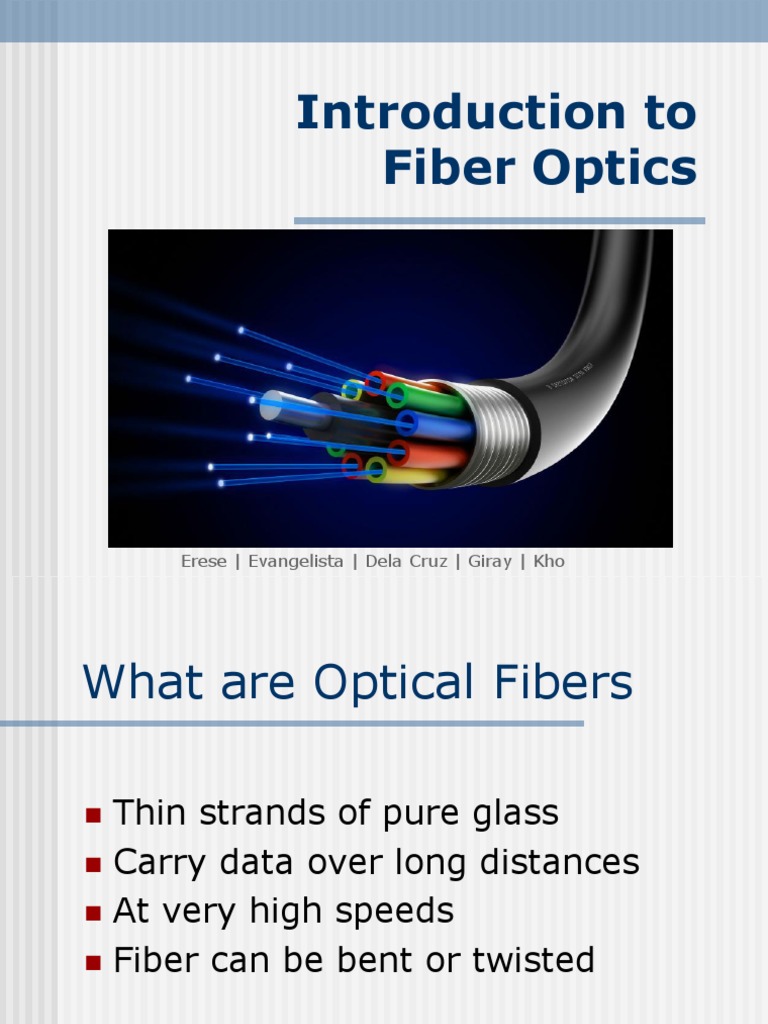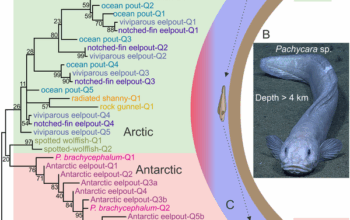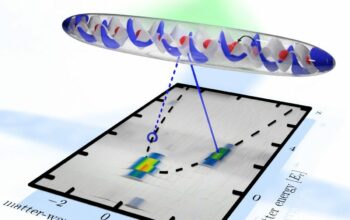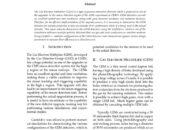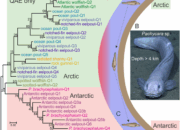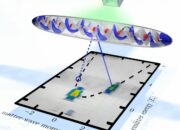In the realm of modern telecommunications, fiber optics serves as the silent yet powerful conduit, propelling information at the speed of light. Much like the intricate web of a spider, delicate yet structurally fortified, fiber optic technology underpins the vast networks that connect our world. Thus, an exploration into the literature and lectures that illuminate this fascinating subject is both valuable and essential. This article endeavors to present some noteworthy resources on fiber optics, catering to enthusiasts, students, and professionals alike.
First and foremost, “Introduction to Fiber Optics” by Erese, Evangelista, Dela Cruz, and Giray serves as a foundational cornerstone for those embarking on this illuminating journey. This comprehensive textbook elegantly intertwines theoretical concepts with practical applications, introducing readers to the fundamental principles of light propagation and the behavior of materials used in fiber optics. Its chapters unfold like the petals of a flower, revealing the nuances of reflection and refraction, signal attenuation, and the technology behind fiber design. This work partners scientific rigor with accessibility, making it suitable for both novices and seasoned professionals seeking a refresher.
Following this exceptional introduction is “Understanding Fiber Optics” by Jeff Hecht, which offers a vivid narrative coupled with in-depth technical knowledge. This book transcends traditional textbooks by incorporating storytelling elements, thereby engaging readers in a dialogue about the evolution and significance of fiber optic technology. Hecht dives into historical anecdotes and presents complex topics through relatable metaphors, drawing parallels between everyday experiences and the sophisticated dynamics of light transmission. The book stands out as not merely a collection of facts but as a beckoning invitation to appreciate the art and science interwoven in the realm of fiber optics.
For a more advanced perspective, “Fiber Optic Communication Systems” by Govind P. Agrawal is a scholarly compendium that delves into the intricacies of optical communication theory and system design. Agrawal’s expertise underscores the balance between mathematical precision and practical implementation. The text elucidates advanced concepts such as modulation formats, multiplexing techniques, and optical amplifiers with clarity and poise. Its rigor makes it an indispensable resource for graduate students and practicing engineers seeking to refine their understanding of the field. The detailed coverage of design considerations empowers readers to navigate the challenges of modern communication networks.
A deeper exploration into specialized topics can lead one to “Fiber Optics: Principles and Practices” by C. W. McCaughan and R. E. McRae. This text provides an exhaustive overview of the principles governing fiber optic technology while also balancing theoretical comprehension with practical skills essential for installation and troubleshooting. The authors adopt a methodical approach, guiding readers through the intricacies of component specifications and network design. As one culminates their reading, they emerge with a holistic view, ready to address real-world challenges with confidence and acumen.
Beyond textbooks, a plethora of online lectures and courses enrich the academic landscape of fiber optics. Platforms like Coursera offer courses such as “Fundamentals of Fiber Optics” that harness the power of visual aids and expert instruction. These digital modules often incorporate interactive elements, fostering an engaging learning environment that emphasizes comprehension. The convenience of online learning formats allows students to navigate their educational journeys according to their unique schedules, proving that flexible resources can indeed lead to profound understanding.
Moreover, TED Talks serve as captivating supplemental resources. Presenters in these talks distill complex subjects into digestible digest, presenting fiber optics not just as a technology, but as a transformative force shaping our future. By leveraging captivating visuals and compelling narratives, these sessions spark curiosity and invite reflection, appealing to both technical and non-technical audiences. Viewing such content serves as a catalyst for inspiration, encouraging deeper inquiry into the implications of fiber optics in various sectors of society.
For practitioners eager to stay abreast of the latest advancements, industry journals such as “Journal of Optical Communications and Networking” present a fountain of cutting-edge research and insights. Each article is a tapestry woven with current developments, emerging technologies, and theoretical advances from leading scholars worldwide. Engaging with these journals not only bolsters one’s expertise but also fosters connections within the academic community, enabling professionals to cultivate a more nuanced understanding of ongoing trends and trajectories in fiber optics.
Hands-on experience remains paramount in mastering fiber optics, and “Fiber Optic Installers’ Field Manual” by Bob H. Thomas offers pragmatic guidance. This manual encapsulates the best practices for installation and maintenance, serving as an invaluable reference tool for technicians. With clear diagrams, precise instructions, and troubleshooting tips, this resource epitomizes the intersection of theory and practice. The book deftly illustrates that, much like an artisan refining their craft, the hands-on application of knowledge is essential in transforming theoretical learning into tangible expertise.
In conclusion, the literary and educational resources available on fiber optics are as diverse as the technology itself. From foundational textbooks to advanced scholarly articles, interactive online courses, and compelling talks, each resource contributes uniquely to the tapestry of understanding that surrounds fiber optic technology. As the world continues to become increasingly interconnected, delving into these resources will equip individuals with the knowledge necessary to harness the power of light, ensuring that they remain at the cutting edge of innovation and discovery in fiber optics. Through a holistic approach to learning, one can illuminate the path forward in this dynamic and ever-evolving field.
